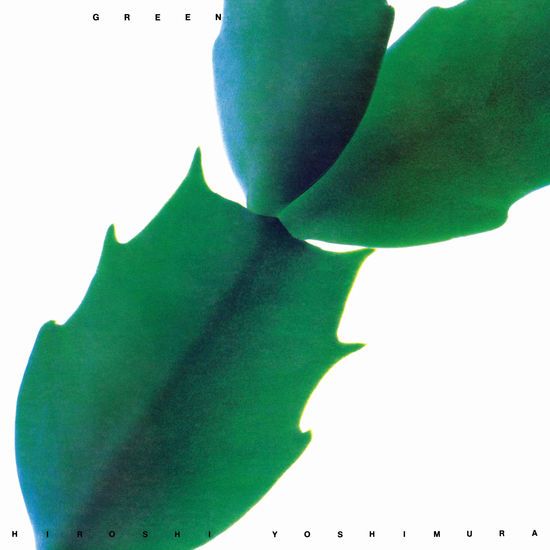I have to recount a story. Not long after moving to San Francisco, I stumbled upon tickets to a contemporary music night called Sound Box, hosted in a smaller venue behind the Davies Symphony Hall. The venue was only a handful of blocks away, so I stuck my earbuds in, lit my joint, and began my stroll. I scrolled through my playlists and found a nice ambient selection I'd put together a few weeks prior - some mix of Bing & Ruth, Stars of the Lid, and probably some Chuck Johnson. But notably and most relevantly, Hiroshi Yoshimura. I'd been listening to his first album Music for Nine Postcards pretty incessantly at the time, moved by its simplicity and subtleties.
I arrived at the venue and waited patiently in line for the doors to open. As they did and I began to move forward, Clouds came on. I was able to listen for a few minutes before I was let into the venue and took out my earbuds. In the most serendipitous turn, the same song was playing over the loudspeakers in the pre-show mix, nearly right where I left off. A wide smile pulled across my face. It was the perfect welcome and I felt as if it were meant for me.
For me, Yoshimura's music is pure delight.
Now imagine my delight after discovering that the label Light in the Attic was re-issuing his 1986 album, GREEN. Before now, your only option was to either shell out for an original pressing (~$1,000 last I looked) or stream it on YouTube. Interestingly enough, YouTube has been responsible for a noticeable resurgence in the Japanese Ambient sphere - Midori Takada being another musician to receive a recent re-issue as a result.

I received my copy yesterday after a long pre-order period, nearly forgetting I'd purchased it, but alas it arrived. The sleeve contained a translucent green record and a lovely fold-out of Yoshimura's mixing notes for the record. In Yoshimura's original liner notes, he remarks, "GREEN does not specifically refer to a color. I like the word for its phonetic quality, and song titles were chosen for their similar linguistic characteristics. I hope that this music will convey the comfortable scenery of the natural cycle known as GREEN."
The album opens with a marimba-like sound, optimistically arpeggiating while parts slowly fade in and out behind it. While Music for Nine Post Cards was lead by the sound of the Rhodes keyboard, GREEN is dominated by the classic DX7 digital synth. Despite not having the same quality of hands striking keys striking metal tines, it is no less dynamic and intentional. The sounds float in and out of time - reacting to each other almost as if they were all played live at once. One thing that GREEN adds is tonal variety; synthesized flutes, struck basses, warbly pads. They all live in the same universe, but each tells their own story of contemplation and calm.
I tend to rotate through Sunday morning coffee records and I think this one will sit at the front of the stack for a while. Rainy days, decompression, and introspection; I've found it all here.
While we'll never see new music from Yoshimura, we can look forward to a new and continued appreciation for the art he was able to share with us.